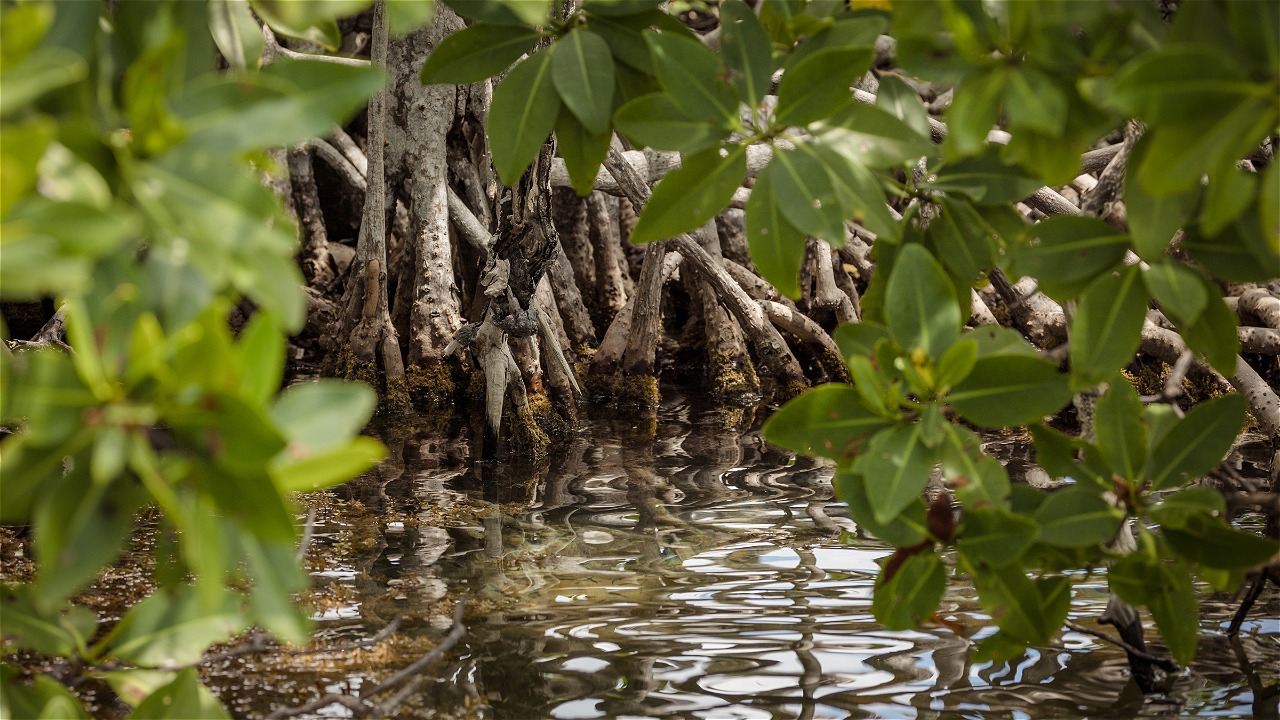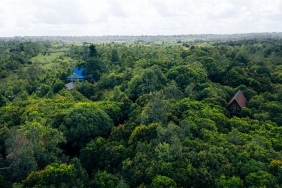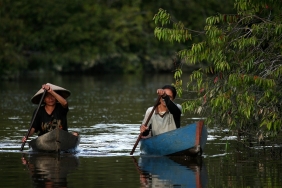WETLANDS, AN IMPORTANT ENVIRONMENTAL ASSET
By: Natalia Trita Agnika
Every February 2, the world celebrates World Wetlands Day. This commemoration stems from an international convention that took place in Ramsar, Iran, on February 2, 1971. The convention, which became known as the Ramsar Convention, agreed to save important wetlands around the world. Indonesia became one of the countries that ratified the Ramsar Convention in 1991 through Presidential Decree No. 48 of 1991.
The public may not know much about wetlands. In fact, wetlands are an important asset for the environment. Wetlands have productive ecosystems and high biodiversity compared to other areas. Based on the Ramsar Convention, what is meant by wetlands are areas of swamps (including mangrove swamps), brackish, peatlands, and waters, whether natural or artificial with stagnant or flowing water in the form of fresh, brackish or salty water. Areas of marine waters that are no more than six meters deep at low tide are also considered wetlands.
One of the many wetlands in Indonesia is mangrove forests, which have a variety of benefits, both in terms of ecology and economy. Mangrove forests keep the coastline stable, protect beaches and rivers from erosion and abrasion, withstand storms or strong winds from the sea, and withstand the results of the siltation process. Mangrove forests also absorb carbon dioxide and produce oxygen. The ability of mangrove forests to absorb carbon dioxide is very useful in reducing global warming. Various animals such as fish, shrimp, clams, crabs, shrimp, and birds find food, shelter, spawn and breed in this wetland. Meanwhile, from an economic perspective, mangrove forests can produce foodstuffs, handicrafts, and mangrove-based ecotourism.< br />
In 2002, Indonesia had the largest mangrove cover in the world at around 8.5 million hectares. But in a follow-up survey conducted by the Ministry of Forestry in 2010, Indonesia's mangrove forests are now about 3 million hectares. Hundreds of thousands of hectares of mangrove forests have been cleared and converted into aquaculture ponds. Having lost their productivity, many of these ponds have been abandoned and forgotten. Urban development, logging and land conversion for agriculture or salt ponds, unsustainable fishing, pollution, and over-harvesting of timber from mangrove forests are also causes of mangrove forest degradation.
For this reason, a movement to restore mangrove areas is urgently needed. The commemoration of World Wetlands Day is a reminder for the government and the public to protect and rehabilitate these important assets for the environment. In 2016, the theme of World Wetlands Day is "Wetlands for Our Future: Sustainable Livelihood".
Individuals as part of society can help reforest mangrove forests in Indonesia through www.mybabytree.org. This mangrove planting program provides a new discourse for the community to help the reforestation process to protect mangrove forests and monitor mangrove growth through Geotagging (labeling trees with latitude and longitude/exact location coordinates).
Not only focusing on reforestation efforts, the program initiated by WWF-Indonesia also involves empowering communities around the conservation area in tree planting, maintenance, and monitoring activities. Thus, when participating in planting mangroves through the MyBabyTree program, the public or corporations are also contributing to environmental conservation efforts, community empowerment, and are involved in creating a sustainable life.





